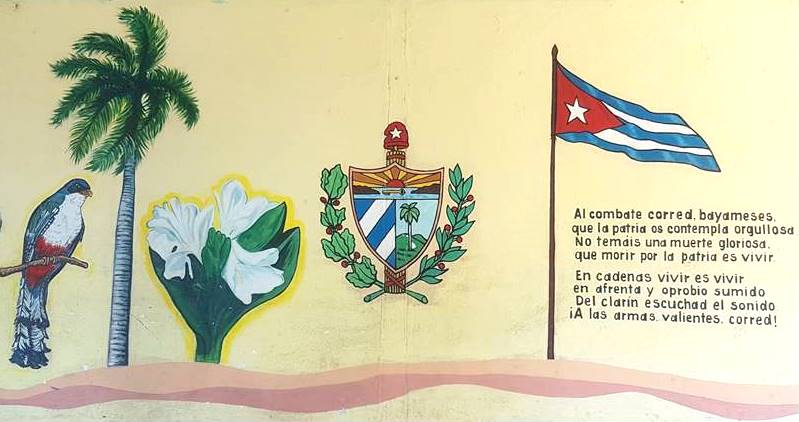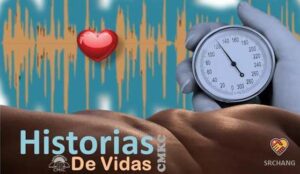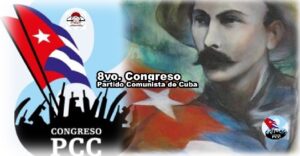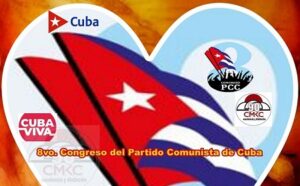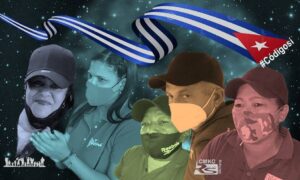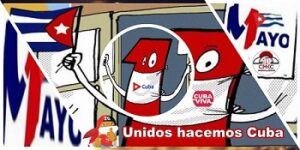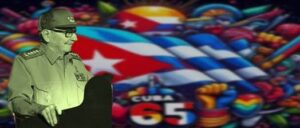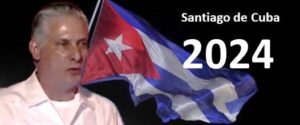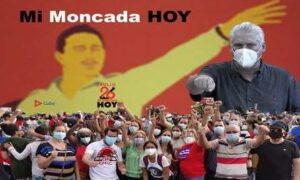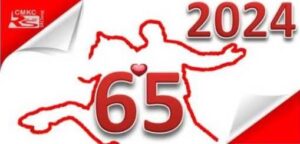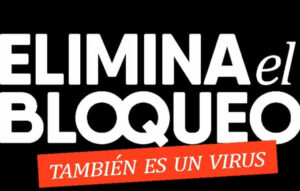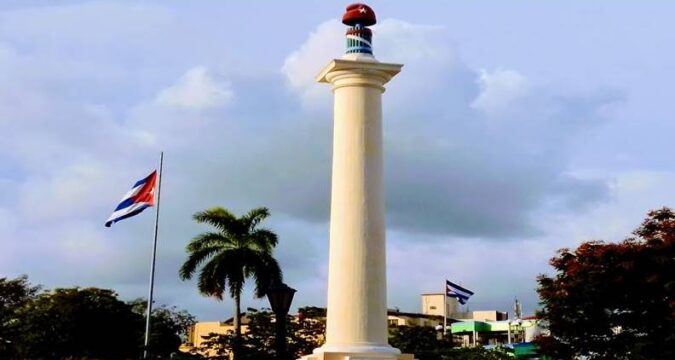
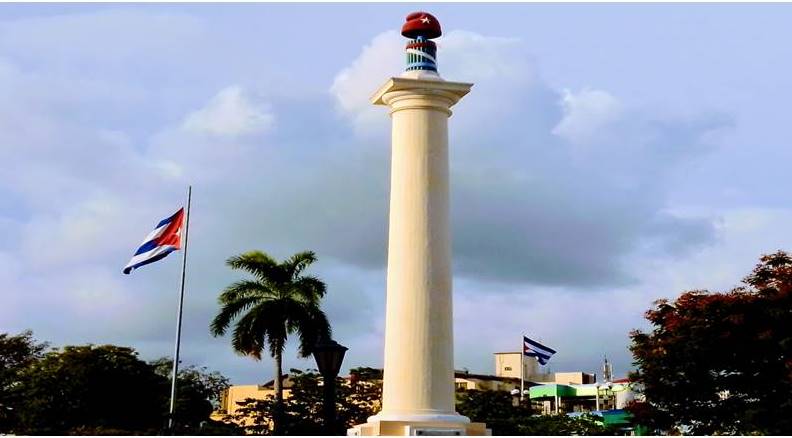
By: Giselle Mendez
National Symbols Law: Santiago de Cuba has stories interwoven in the image of national symbols. Just as there is no street where a hero has never passed – according to poet Waldo Leyva – there is no Santiago resident who does not keep a childhood memory under the Phrygian cap of the Plaza de Marte, located at the top of a monument erected to independence in that central park.
The city’s children play under its guard on weekend afternoons, where the emblematic symbol – used in ancient times to be worn by men who obtained freedom – seems to hang from the sky as a guardian of the conquered sovereignty, at the cost of much blood shed in Cuban fields. That is why a red Phrygian cap stands out on Cuba’s National Coat of Arms, with a white star in the center representing the free, independent and sovereign state it is today. That same star shines in the National Flag and illuminated the path of those who for the first time sang the Hymn of Bayamo, which called for the struggle in the mountains and machete in hand for the aspiration to that freedom in 1868.
The remains of Carlos Manuel de Cespedes, Father of the Homeland, initiator of that independence deed, are in a beautiful mausoleum in the Santa Ifigenia cemetery in Santiago de Cuba; there remain raised, for the pride of the Cubans of this part of the Island, the National Flag and a replica of the flag that the patriot raised on October 10, 1868.
The date appears engraved on one of the tiles that surrounds the monument crowned by the Phrygian cap in the Plaza de Marte, as a perennial reminder of the history of the Homeland to the passers-by of the city.
All the children of Santiago de Cuba have passed at least once through the Plaza de Marte. Hand in hand with their parents crossing the park, between laughter and games with friends in times of distraction or with their teachers during the frequent cultural events in that public scenario.
For many infants of the city it has been the first approach to the national symbols: the flag of the lone star, the Bayamo Anthem and the coat of arms of the royal palm, as established in Article 2 of Law No.128/2019: Law of the National Symbols of the Republic of Cuba. The same was passed in the National Assembly of People’s Power, in the ordinary session of July 13, 2019. It was published in Official Gazette No.71, of September 19, 2019, and began to be in force as from 2020.
The legal norm in force repealed Law No.42 of the National Symbols, of December 27, 1983, as well as Decree No.143 Regulation of the Law of the National Symbols, of April 13, 1988, of the Council of Ministers, making way for the provision and putting into force of new regulations concerning the national symbols of the Republic of Cuba.
The content of the Law is of interest to all Cubans, and especially to the residents of Santiago de Cuba, the only city of the Island mentioned in the content of the legal body, for its condition of Hero City that keeps, in addition, the remains of the National Hero Jose Marti, whose urn remains covered by the National Flag, in the mausoleum of the Santa Ifigenia cemetery.
National Symbols Law: in Santiago de Cuba (I)
